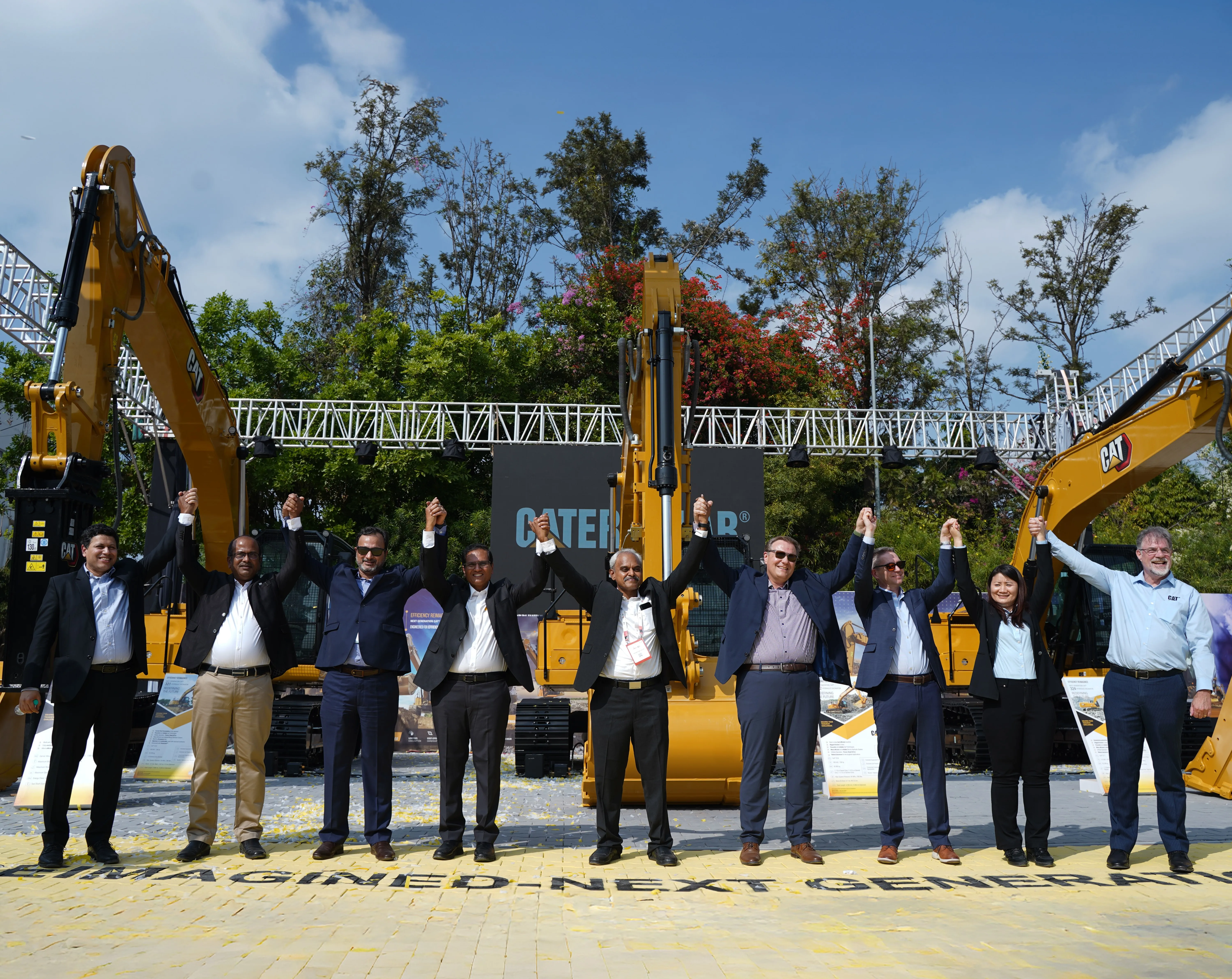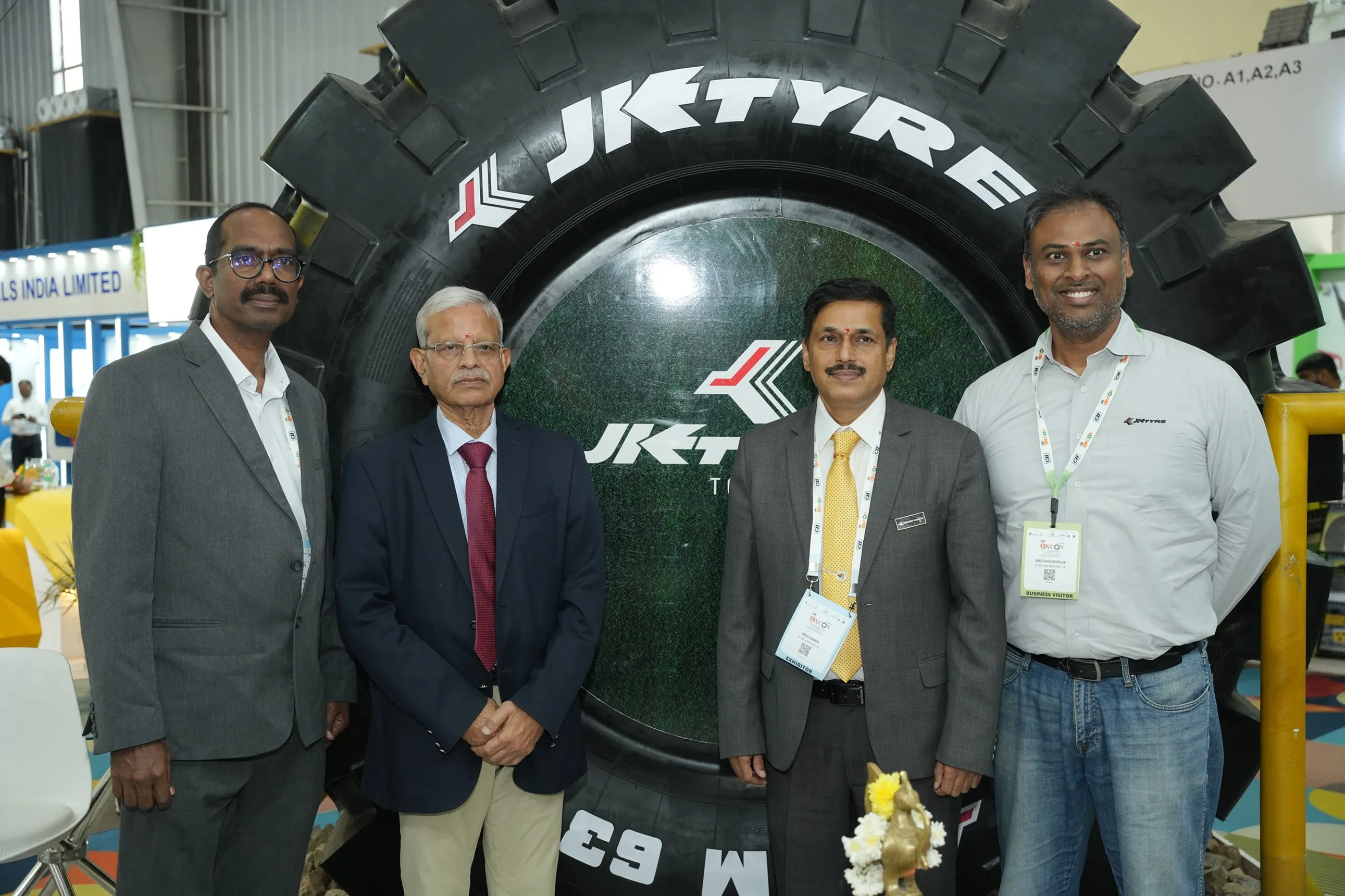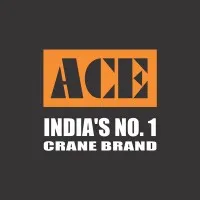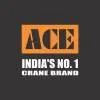The road ahead is rocky as the economy has to traverse difficult terrain with no solutions in the offing yet for the pandemic. Yet, infrastructure is the best bet the country has to revive the economy. Just as metro-rail, roads and the bullet-train projects have been able to draw capital from foreign sovereign investors and others, we need FDI in our smart cities, airports, ports, power and railways. Our ability to attract capital will set the tone for our economic recovery.The words above are an extract from my editorial in CONSTRUCTION WORLD’s Annual 2020, released in October 2020 when the world had fallen apart and one could not discern light at the end of the tunnel.However, despite the disruption caused by COVID-19 last year, India attracted its highest ever total FDI inflow of $81.72 billion in financial year 2020-21 versus FDI inflow of $74.39 billion in 2019-20. In fact, India was the fifth largest recipient of FDI inflows in the world in financial year 2020-21. This came at a time when global FDI inflows were severely hit by the pandemic, declining to $1 trillion in 2020-21 from $1.5 trillion the previous year. This has happened on the back of the solid commitment shown by the Indian Government to reform and transform. The Government announced a National Infrastructure Pipeline (NIP) of Rs.111 trillion spending over 2020-2025; it further announced a National Monetisation Plan (NMP) to monetise assets valued at `6 trillion. It withdrew retrospective tax on companies, which had the reputation of the country and its legal system in a bind. It stepped up spending on infrastructure, offered projects in defence manufacturing to the private sector, announced PLI (production-linked incentive) schemes, released money stuck in taxes, announced tax reforms and affordable housing programs, accelerated privatisation and, above all, fixed its vaccination programme. To date, the country has vaccinated over 75 per cent of its population with a single dose and is on track to complete the vaccination of all adults before end of the year. Given that the pandemic-infected numbers have now been brought under control, the economy is being opened up. CRISIL estimates investments in industry could rise 30 per cent in FY22-24, driven by the PLI schemes that have been launched across 13 sectors and could potentially generate capex worth Rs.2.2 trillion over three to four years. The e-commerce and start-up sectors –funded by foreign venture and private-equity funds – are providing employment in large numbers, to both white-collar and blue-collar workers. This is creating purchasing power and re-energising consumer demand. The IT sector, too, has seen strong demand as businesses have adopted digital as the new mantra for growth; this has contributed to IT companies hiring in big numbers again, fuelling consumer demand in real estate, automobiles and the entire supply chain.To bring further cheer, the infrastructure and construction sectors are vying for mega projects in high-speed rail, corridors, expressways, airports, affordable housing, solar energy, roads and rail. These projects have a huge appetite for building material and have resultantly fuelled the prices even while the commodity cycle was already on a rise. That said, inflation is a concern and the costs of raw materials, logistics and transport have gone sky high. Amid this increasing activity, strong brands have become stronger: their sales have jumped and their profits have zoomed. The emerging commercial scenario seems set for good economic momentum.CONSTRUCTION WORLD completes 25 years this year and it has witnessed several highs and lows as India achieved its status as the world's sixth-largest economy by nominal GDP and the third largest by purchasing power parity (PPP). During this journey, we have seen the birth of ‘infrastructure’ with former prime minister Atal Bihari Vajpayee kicking off the Golden Quadrilateral Project; we have seen the formation of the National Highways Authority of India (NHAI); we have seen the birth of PPPs with the road sector; we have seen the privatisation of airports; and we have seen aggressive bidding by the private sector even into negative grants where, in highway projects, many bidders offered to pay the Government revenues instead of seeking grants. Meanwhile at the real-estate end, we saw orbit-shifting changes as funding for these projects changed the colour of money from black to white and the ratio kept moving in favour of turning official and corporate. The IT sector adopted international practices with IT majors creating world-class campuses to woo their international customers. Taking a cue from this, builders also invested in social infrastructure to match residential and commercial infrastructure.The pace from 2005 to 2012 was indeed heady and the construction equipment industry grew to a robust size.But then, we also saw policy paralysis from 2012 to 2014 when former prime minister Manmohan Singh set up the Project Monitoring Group (PMG) for projects of value greater than Rs.10 billion. The green brigade raised red flags over development and many realty and infra projects faced delays and protests. This soon paved the way for the new Government, which first fought tooth and nail for land acquisition policy. And then ministers like Nitin Gadkari and Venkaiah Naidu brought in fresh approaches to the roads and urban development sectors. The aggressive bidding and then consequent delays in permissions drove several companies to bankruptcy. A new set of players emerged. SPVs got created and rules were amended for EPC companies to ease out of the development models. Overseas funds have stepped in for long-term annuities and REITs and builders and developers managed to get some liquidity. The ground realities shifted towards technology, speed of execution, valuations, compliances and governance.However, demonetisation and GST compliances blew the wind from everyone’s sails. In the last quarter of 2019-20, India's GDP was drifting lower and had hit 3.2 per cent. Then came COVID. The pandemic stumped everyone for the first quarter of 2020-21. Then, the Government changed its priorities and took business more seriously. The country’s outlook has swung between getting wowed and then fumbling over its vaccination faux pas. We are now treading a line where building value is supreme – and that’s the theme for this year's annual issue. During this time, CONSTRUCTION WORLD has pivoted to becoming an agile information provider through its website and webinars. And now it has brought back the merits of physical meetings in the form of the 7th India Construction Festival.It is time to cheer our winners louder this time round as they have overcome and bagged honours in a year when even sustenance has been a challenge. They are true champions, just like Neeraj Chopra, the first track and field athlete to win a gold medal for India at the Olympics! Best wishes for a bright festive season ahead.Construction World is celebrating the silver jubilee of its founding. As part of this celebration, we are launching INDIA’S CONSTRUCTION CHAMPIONS, a video series showcasing the success stories of top 25 key players in the industry. To watch these videos, scan the Qr code here.Founder & Editor-in-ChiefPratap Padode





















